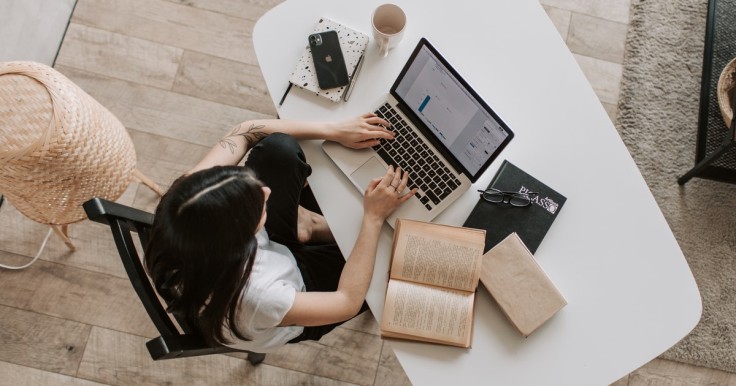
Students are failing to learn due to COVID-19 and there is still no grand plan to help them and to improve their online learning experience.
Students' accounts
Ruby Rodriguez, a freshman at St. Anthony High School, a private Catholic school in Milwaukee, Wisconsin, said that online learning has been hard and different for her.
She tries to remember the days when she can chat with her friends while they are on their way to their next class. Way different from right now that she can only see her classmates' names as they appear online. She sits alone at the dining table, barefoot and petting their family dog.
She said that she does not even know what her classmates look like because nobody turns on their cameras during their online classes.
Although online learning is of help in keeping Ruby, as well as the other students, safer during a public health crisis such as this, the drawback is that Ruby and the other students are failing. If not, they are having a harder time keeping up with their lectures, not to mention the stress due to COVID-19.
Shifting to online classes
Online classes due to COVID-19 make studying harder for students, not to mention that they are also having a hard time staying motivated. Ruby's online classes are lecture-heavy, repetitive, and devoid of student conversation. Her grades dropped from A's to B's to D's and down to F's. Like Ruby, other students are failing as well.
As millions of students attending online classes, Ruby is one of them who is struggling academically, socially, and emotionally.
Due to COVID-19, new reports are showing alarming numbers that students are failing, or they are not showing up in classes at all.
Online learning for students
For low-income students, online learning is harder. They do not have enough gadgets and resources that will help them to participate in online class discussions, thus, students are failing. Such cases have long been a problem. This is the digital equity gap that has been a stumbling block in education, but due to the COVID-19 pandemic, magnified the divide.
Aside from resources, it is also important that there is a connection between students and teachers. But for some districts, aside from online issues that keep the connection between students and teachers hard, turning on cameras during online classes is not being required, making it harder for them to build the connection that both students and teachers need.
Such reports only show the importance of looking at and observing the students, not to mention their academic performance, technical needs, as well as their thoughts on how to improve their remote learning.
The experts' hope
For months now, experts have been hoping that a return to classrooms would allow teachers to address the lapses in the students' academic and social needs. But for a lot of students, that has not happened.
Right now, the plans to help the students catch up are still largely evolving, between twin and non-existent.
Angela Jerabek, executive director of BARR Center, said that they should be looking for resources for the areas that are with the greatest of need. And if they can't see the problem, they can't solve the problem.